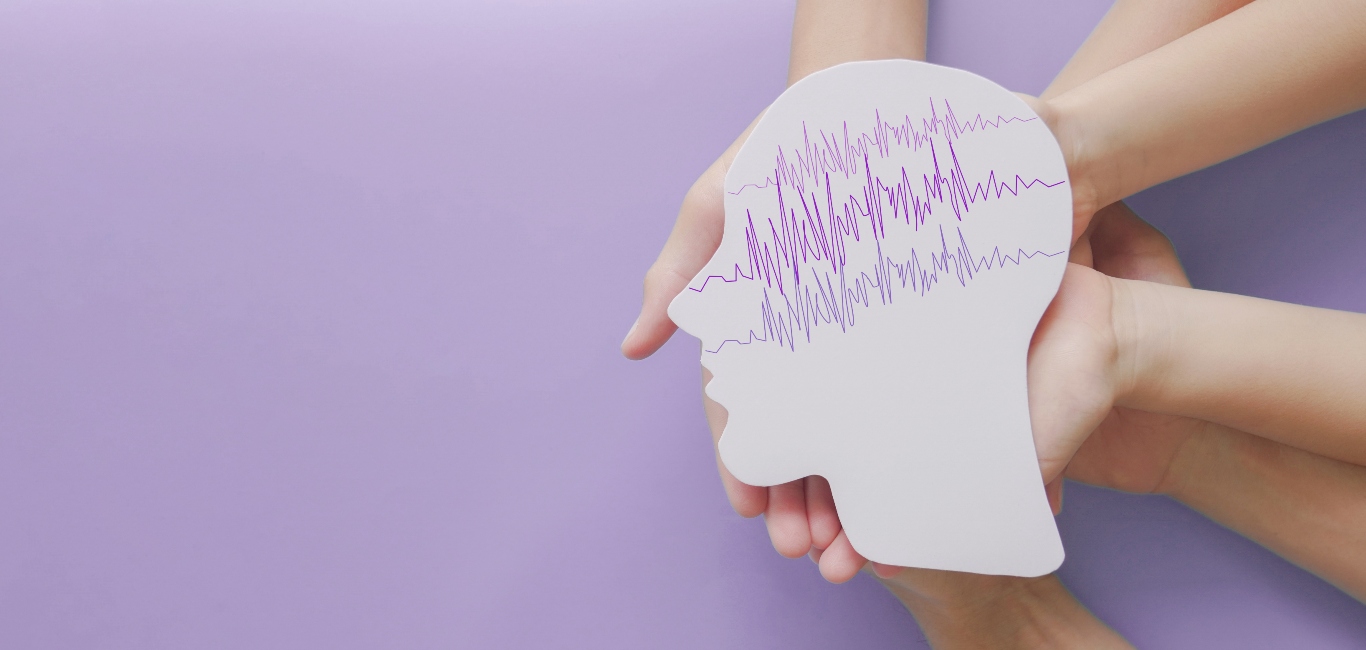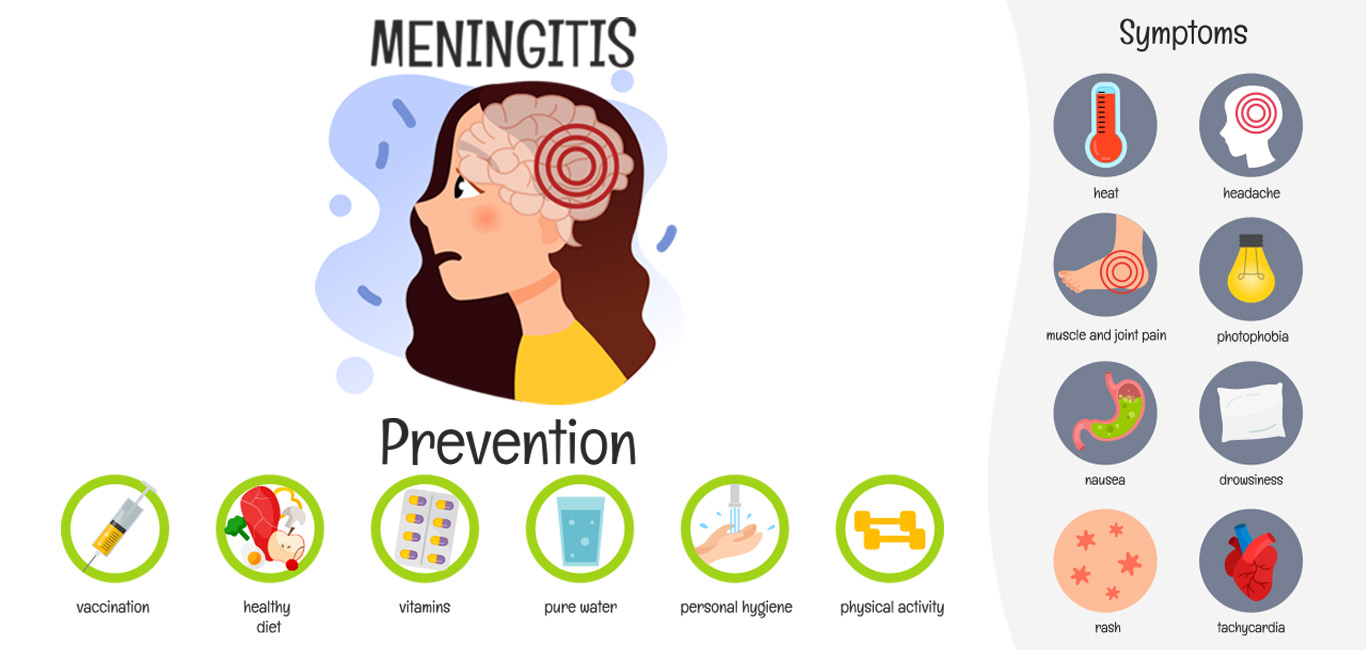
Seizures occur when there is a burst of uncontrolled and abnormal electrical activity between nerve cells in the brain. It overloads the affected region of the brain, and can cause abnormal sensations, uncontrolled muscle activity or loss of consciousness.
Seizures can happen at any age but are more frequently seen in children and the elderly. Men are more prone to getting seizures than women.
Seizures are of two types:
- Provoked – These seizures make up one third of all seizures and are a result of other conditions such as high fever, alcohol withdrawal and so forth.
- Unprovoked – Such seizures occur spontaneously or may happen more than a week after a stroke or head injury.
Epilepsy is the condition when a person is at risk of having recurrent unprovoked seizures.
Symptoms
Just before a seizure
Some people have a feeling of impending seizure. They may experience an odd smell, tingling sensation, or vision disturbances. A few get deja-vu, sweating, drooling of saliva, or gastric discomfort.
During a seizure
The signs and symptoms of a seizure depend on the type of seizure. There are 2 broad classifications of seizures:
Generalised seizures – In this, both sides of the brain are affected. They can be:
- Absence seizures – Earlier called petit mal seizures, it is characterised by rapid blinking of eyes or staring aimlessly into the distance, with slight jerks of the limbs or body.
- Tonic-clonic seizures – This is the typical epileptic fit, previously called grand mal. During the tonic stage, muscles become stiff, and the person may lose consciousness and fall to the ground. The clonic stage involves jerks of the limbs, loss of bladder or bowel control and breathing difficulty.
Seizures could also be:
- Tonic seizures – The muscles are tightened, and the person loses consciousness. However, there are no convulsions.
- Clonic seizures – There’s no tonic phase, and the affected individual passes out, with convulsions (uncontrolled shaking).
- Atonic seizures – One loses muscle control and drops to the ground instantly, with a huge risk of injury.
Partial/Focal seizures – They start in one part of the brain, spreading to other parts and cause mild or severe symptoms.
- Simple focal seizures cause twitching or a change in taste or smell.
- Complex focal seizures create confusion, and the person is unable to respond for a few minutes. They may move their hands around randomly and make noise.
Complications
There are two life-threatening conditions that pose a risk to people with epilepsy –
- Status epilepticus – It’s a condition when a seizure lasts longer than 5 minutes or when there are multiple seizures one after the other, without a full return to consciousness. This is a medical emergency that may cause permanent damage or even death if it is not managed.
- Sudden Unexplained Death in Epilepsy (SUDEP) – It’s a rare occurrence in which young or middle-aged persons with epilepsy die with no clear cause.
Causes
Severe head injury is the commonly known cause of seizures in youngsters, whereas strokes cause the maximum number of seizures in older adults.
Those who have an unprovoked seizure are likely to experience another within six months. Brain injury or any abnormality in the brain doubles the chances of having a second seizure.
Besides epilepsy, there are a few other known causes of seizures:
- Premature birth, lack of oxygen during birth
- Cerebral palsy, family history of epilepsy
- Head injury, stroke, birth defects
- Electrolyte imbalance like low levels of sodium or magnesium
- Infection or tumours in the brain, Alzheimer’s disease
- Some medicines like antidepressants
Triggers
Some people experience seizures that could be triggered by:
- Extreme stress, lack of sleep
- High fever which can cause febrile seizures in children, increasing their risk of epilepsy later in life
- Not taking medicines prescribed for convulsions
- Alcohol, illegal drugs
- The associated symptoms of menstruation may trigger seizures
Diagnosis
It is often difficult to confirm a seizure or epileptic attack if it has happened only once. However, one who has witnessed the seizure attack could tell its details.
Tests
- Blood tests are done to look for chemical imbalances, immune disorders, and toxins.
- An electroencephalogram (EEG) is a biomarker for seizures. EEG is used to monitor treatment and determine if surgery is feasible or needed. It checks for unusual electrical activity in the brain through small sensors that are stuck to the scalp.
- Magnetic resonance imaging (MRI) can be used to examine the affected areas in the brain and its surrounding structures to detect damage caused by a stroke, or a brain tumour.
- Positron emission tomography (PET) scans can detect the metabolic activity of the brain, and identify the region where seizures originate. Such regions show reduced brain function in the absence of a seizure, and increased activity during a seizure.
Treatment
Often people tend to experience a single seizure and no more. However, those with epilepsy require treatment. Most people have fewer seizures after treatment, and some of them even stop getting seizures completely.
Medication
In most people, anti-epileptic drugs can effectively control seizures. These drugs work by altering the level of chemicals in the brain. These should only be taken after consulting with the doctor.
There are a few side effects of taking these medications. They are:
- Drowsiness, lethargy, headaches
- Agitation, tremors (uncontrollable shaking)
- Swollen gums, hair loss, or unwanted growth of hair
- Rashes on the skin that indicate an allergy to the drug
Diet
It has been found that a special high-fat, moderate protein, and low-carb diet, commonly called the keto diet, has helped to reduce seizures, mainly in children.
Surgery
Surgery is considered when seizures do not respond to medication and if it is a partial seizure. Surgery is done after multiple evaluations that confirm the exact source of abnormal brain activity. The most common surgical procedure is resection (removal of abnormal tissue) and it can be any of the following categories:
- Lesionectomy involves removal of tumours or blood vessel abnormalities.
- Lobectomy, in which one of the four lobes that constitute each half of the brain is removed.
- Sometimes in children with severe and devastating seizures, hemispherectomy is performed. This procedure aims to disconnect or remove a hemisphere (half of the brain) along with all its four lobes.
- Vagus nerve stimulation is a procedure where electrodes are surgically placed in the neck and a generator is placed in the upper chest. By changing the intensity and frequency of stimulation, seizure frequency can be controlled, but not eliminated.
People who have experienced seizures should take extreme care while swimming and driving. There are many devices like special smartwatches or monitors that can detect seizures and send alerts to family members. Sometimes one can detect changes in pupil size, or behaviour that can be a sign of seizure. One can take the following precautions:
- Loosen the clothing around one’s neck to assist breathing during a seizure.
- Move the person away from dangerous objects, lie them down towards their side.
- Note the duration of the seizure.
Sources:

















